These Guias, are special because many umbandists share the opinion that the first ceremonial beads, should be just dedicated to Orixá Oxalá. He is the one who brings the blessing of light and emotional balance.Oxalá brings wisdom, patience and faith. He who uplifts and lifts our eyes to deeper values and gives our lives wings of faith and hope. These guias are symbolic of heaven, light, peace, all that Oxala represents.
Êpa Baba!
For the Umbandist, the Guias are a sacred object that connects the owner (medium) to the world of Orixás and their power. When an Umbandista is on Terreira (ceremonial work where the powers of the Orixás are worshipped) his ceremonial beads lend him strength, connection to that Orixá, protection and deepen his mediumistic work. In common practice, the Umbandist prays with the beads, or wears them under his clothing in times of need.
Normally, the Guias on the body touch the center of the abdomen to connect with our center of power and are worn over the head, which in the Umbanda tradition carries great symbolism. The head is a sacred receiver for Umbandists, through which the spiritual beings and forces of Orixás are incorporated into us. The head is called "Orí" in the Yoruba language , the deity is called "Xa", so by combining the receiver of the head and the deity we arrive at the translation of the word "Orixá " itself - "the deity dwelling within the head".
So when the moment comes that you put the Guias over your head and around your neck, it symbolizes the cleansing of the head and the opening of the mediumistic channels for specific guides and Orixás.
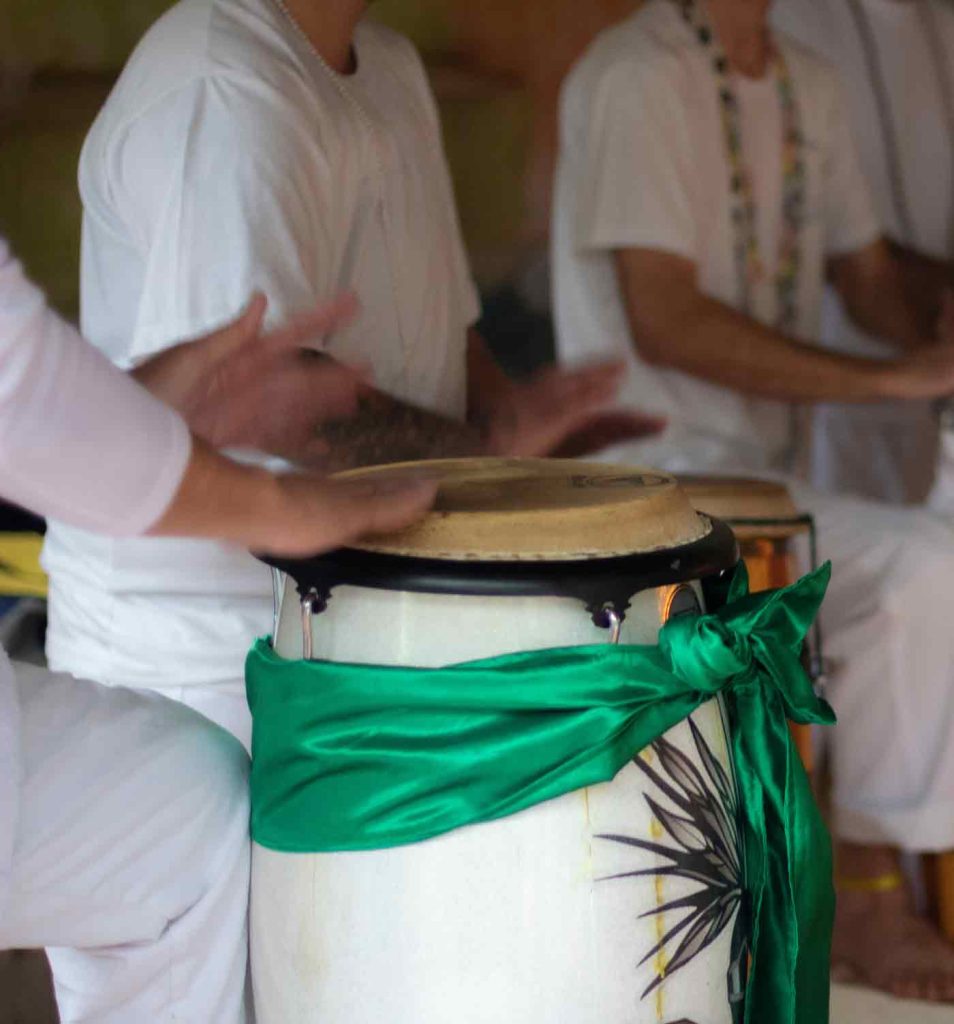
Initiation of Guias
Within the Umbanda tradition, after being purchased or gifted, the Guias are brought to the Terreiro (the site of the Umbanda ceremonies) to receive power from the particular Orixás for whom they are dedicated, the blessing coming and performed by the Mãe Santo or Pae Santo, depending on who is leading the particular Terreiro. Anyone who possesses Guias should receive initiation (activation of their power) with them.
Guais can also be connected to the power of a particular orixás, through prayer and the singing of pontos. In fact, singing is something that is a common practice of every "umbandista", where they sing sacred songs ( pontos ) for a particular orixás and thus connect with it. It is the singing of the pontos that is one of the main parts in the umbanda ritual, when the beads themselves - the Guias - are consecrated. It is because of this, that sometimes we manage to create a little ritual at home through chanting, as at Terreira. And this is the right moment to initiate the Guias into the power of the Orixá for which they are intended. Guias can be consecrated through Smudging and herbal waters, through the singing of pontos and prayer.
Purification and protection of Guias
Protection and purification are very important spiritual practices associated with Guias, which should be kept in white cloth or placed on the altar. Continuously purified through the smoke of fumigants such as amesca, arruda, white sage, palo santo or other fumigant herbs, and purification in an herbal bath should also be practiced.
In the herbal baths and in the purifying smoke of sacred herbs and resins we purify not only our Guias, but also our "Orí", our head, our sacred receiver.We also carry our Guias to places of power in nature, soaking them at the Goddess Oxum's waterfalls, at Yemanja's sea and ocean, on stones in the power of Xangô.
Incorporation and mediumistic work
Some people have psychic abilities, which means during rituals (Gira) incorporate. This means that the spirit of that Orixá or other spirit helper enters them, contributing to healing or bringing an important message. Manifestations can be verbal or non-verbal. Not all Umbandists incorporate and it is not a requirement or the sole purpose of the ritual.
Mediumistic work or incorporation takes place in an altered state of consciousness. The forces of Orixás enter through the "Ori" - the head - into the body of the medium to bring about the closest possible contact between the material and spiritual worlds. They bring guidance on the spiritual path, instruction, energy and vibration and much more that the working group or individuals at the ceremony need.Those present at the Gira sing sacred songs, dance, celebrate life and all its elements, and a sacred wedding takes place, a union of heaven and earth right in the Terreiro.
Prayer for the Medium, used in the Umbanda works
Almighty God, allow the good spirits to assist me
in the communication I ask for.
Protect me from the conceit that I am able to
defend myself against evil spirits, from pride which may
mislead me as to the value I am getting, from
all feelings which are contrary to the beneficence of other mediums.
If I am mistaken, induce a thought in someone to warn me,
and give me the humility to accept with full understanding
the criticism he gives me, to accept it as it concerns me and not others, as advice given by good spirits for my good.
If I should be tempted to abuse in any way, or become proud
of the faculties which You have consented to bestow upon me, I beg You to
take them away from me before they depart from the proper goal, which will be
good for all and for my own moral development.
(by Alan Kardec)



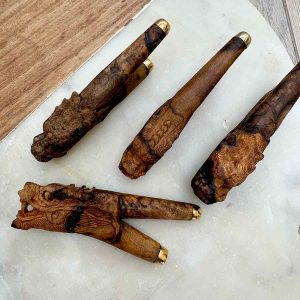

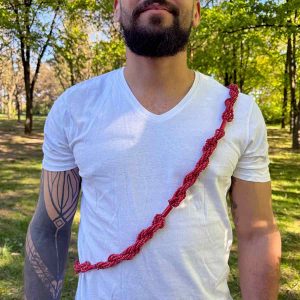


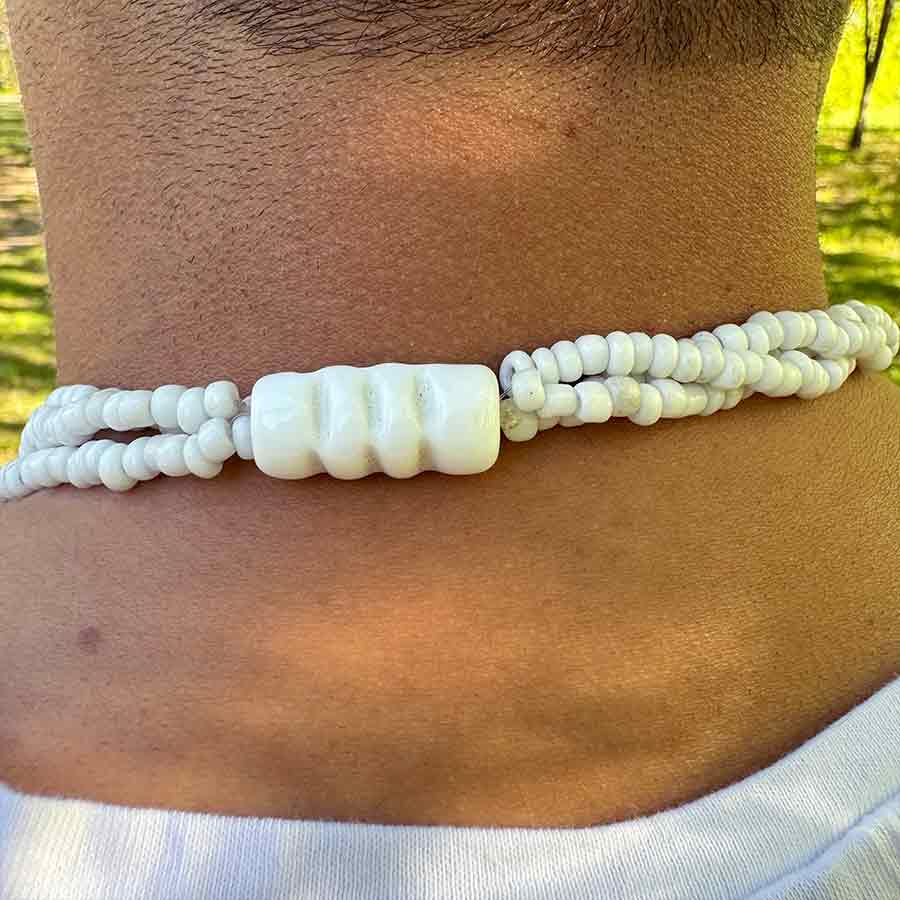




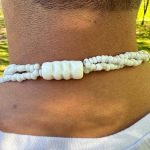

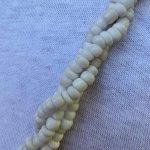


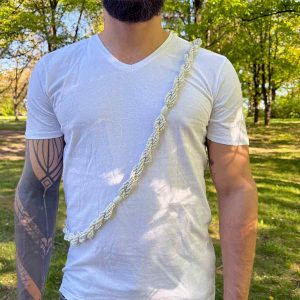
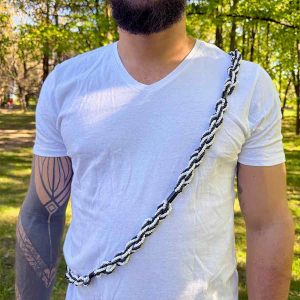


Recension
There are no reviews yet.